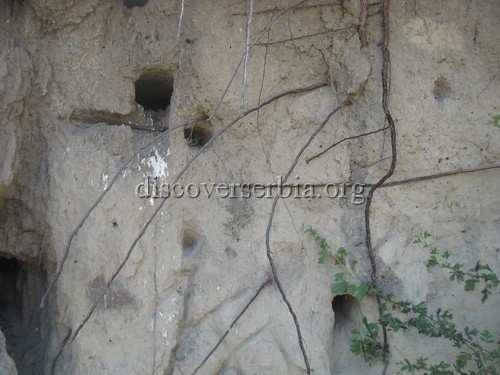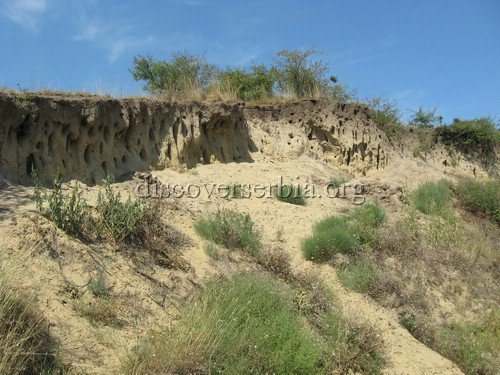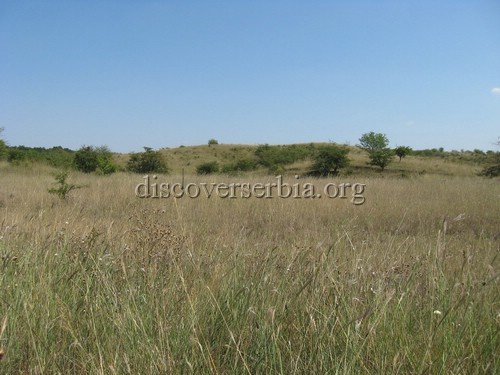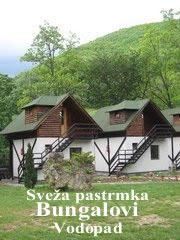Deliblat sand
Deliblatska pescara (Deliblat sand - the Europian sahara), is a special nature reservation and picnic area. First planned planting of trees to hold to sand and prevent it from spreading, began in 1818. Part of this area called ”Labudovo Okno”(15 far from Bela Crkva) goes down to the Danube and creates the perfect lving conditions for various birds and is one of the largest swapm bird reservations. The main tourists center in Deliblatska pescara is Devojacki bunar, where you can find some restaurants and accommodation.




Europe’s largest area built from layers of aeolian sand with characteristic sand dunes. It is a natural phenomenon unique in Europe.
The most significant steppe area in Serbia.
Characteristic sand, steppe and forest ecosystems with unique mosaic of biotic communities and typical representatives of flora and fauna.
The rich flora with over 900 species, subspecies and varieties of plants – rich in rarities and relics, endemics and subendemics.
Among the fauna rarities are steppe habitat types. For some of them the Deliblato Sand is the only or one of the few remaining habitats in Serbia.
Part of the Danube is important meeting place for wetland ornithofauna. It represents the only safe Pygmy Cormorant nesting site in Serbia and also nesting site for mant kinds of natural rarities.
The last and largest oasis of sand-steppe and forest vegetation that once dominated the Pannonian Plane. It is one of the most important European centers of biodiversity.
It has about 40 plant species and over 200 animal species that are natural rarities.
Flora and Vegetation
In the Deliblato Sand there are many rare species. For some of them: Banat Peony (Paeonia officinalis subsp. banatica), Prunus tenella, Fern Leaf Peony (Paeonia tenuifolia), Pancic Wormwood (Arte,osoa pancici), Rindera umbellata, Fritillaria degeniana, Phelichrysum arenarium the Sand is the only habitat in the whole Vojvodina and Serbia. These plants are classified as species at risk to disappear. Here can also be found: Stipa joanis, Juniper (Juniperus communis) – the only wild firtree in the Pannonian Plain. White and Yellow Water Lily, Acorus calamus and 20 notable genera of the orchid family.
Fauna
Rarities in the fauna of the Deliblato Sand are steppe habitat species: 15000 species of insects, 39 species of mammals – the most significant is Mole rat which is on the IUCN Red List of Threatened Species of the world. Permanent wolf population, 50 species of fish, permanent micro population of otters, 24 species of amphibians and reptiles. In the Deliblato Sand is also An International Important Bird Area (IBA) where 55 species of waterfowl nest. Europe’s biggest sand-martin colony with about 15000 pairs. One of the largest mixed colony of herons and cormorants in Serbia with about 700 nesting pairs. Here is also the nesting place of many rare species: Ibis, Little Egret, Yellow Heron…
With its 171 nesting birds species it is in the first place in Serbia. In the group of most endangered are birds of prey including very rare species – Banat Falcon (Falco cherrug), Imperial Eagle (Aquila heliaca), Lesser Spotter Eagle (Aquila pomarina) and many others which are on the IUCN Red List of Threatened Species.





